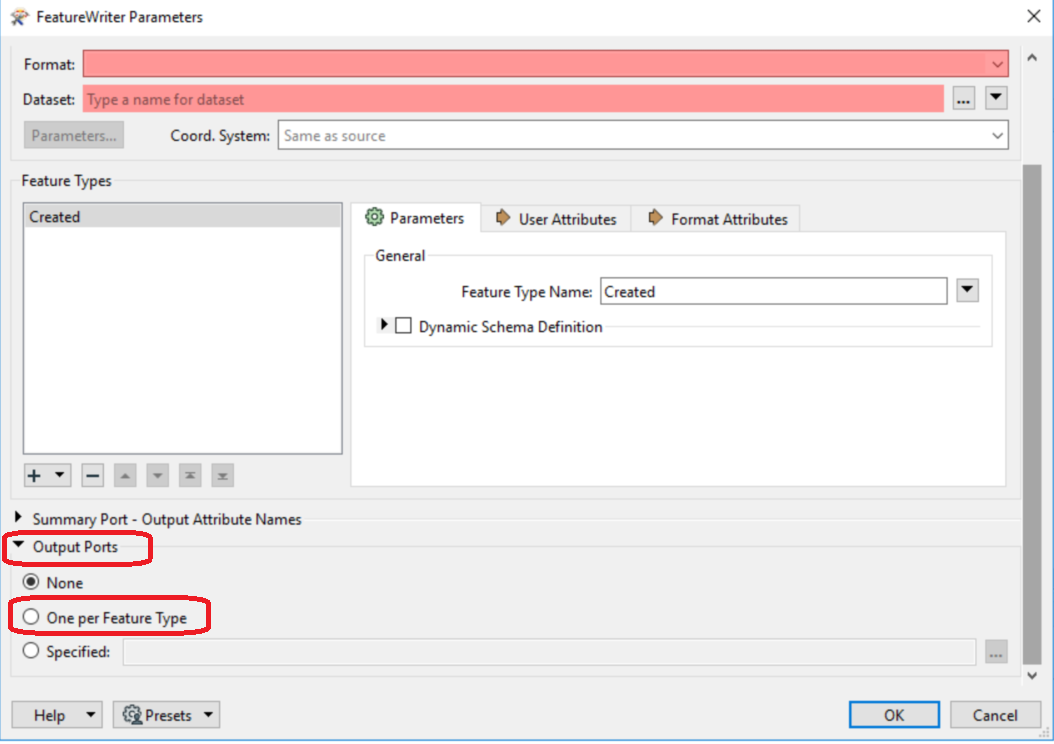I have two table that I am trying to keep in sync. I want a target table to match a source table. But I am trying to avoid deleting all rows from the target and reloading it. The source table is in our CIS (customer information system) Oracle database and the target is in our GIS Esri Oracle database. I am using a CRC calculator to find rows that are identical. Then I have a writer to delete rows from the target that have been updated in the source and to delete rows that no longer exist in the source. Then I have a second writer to insert rows that exist in the source but do not exist in the target or have been updated in the source. The delete writer is based on a single key column.
Okay, so it is important that the delete writer commits before the the insert writer. I have tested it and the delete writer does appears to commit first. The tables are synced properly and the FME logs show the delete writer committed first. So, my question is this: Can i count on the the delete writers always committing first in FME?
(I did just wing this work flow so I am open to suggestions for other improvements, e.g. maybe to two writer approach is misguided)





















